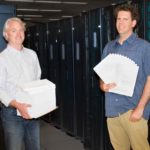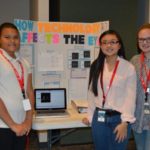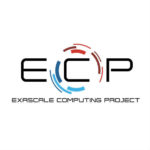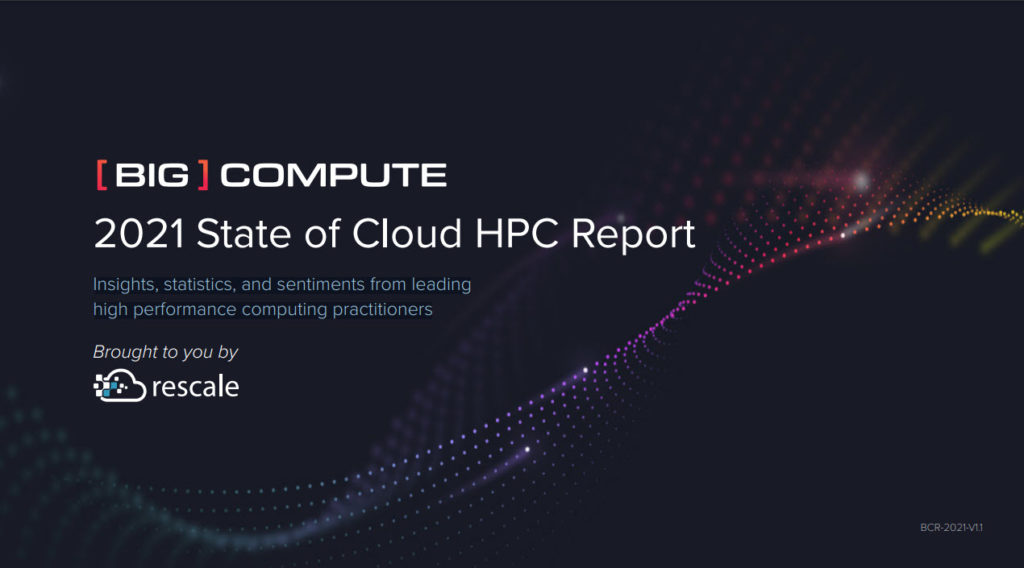Hyperion Research has posted the preliminary agenda for the HPC User Forum Sept. 5-7 in Milwaukee, Wisconsin. “The HPC User Forum community includes thousands of people from the steering committee, member organizations, sponsors and everyone who has attended an HPC User Forum meeting. Our mission is to promote the health of the global HPC industry and address issues of common concern to users.”
How Charliecloud Simplifies Big Data Supercomputing at LANL
“Los Alamos has lots of supercomputing power, and we do lots of simulations that are well supported here. But we’ve found that Big Data analysis projects need to use different frameworks, which often have dependencies that differ from what we have already on the supercomputer. So, we’ve developed a lightweight ‘container’ approach that lets users package their own user defined software stack in isolation from the host operating system.”
An Update on MarFS in Production
David Bonnie from LANL presented this talk at the MSST 2017 Mass Storage Conference. MarFS is a Near-POSIX File System using cloud storage for data and many POSIX file systems for metadata. “With MarFS in production at LANL since fall 2016, we have gained new insights, learned lessons, and expanded our future plans. We’ll discuss the various hurdles required to deploy such an ambitious system with minimal manpower. Further, we’ll delve into the challenges, triumphs, and defeats on the road to a new tier of inexpensive scalable storage.”
LANL Prepares Next Generation of HPC Professionals at New Mexico High School Supercomputing Challenge
More than 200 New Mexico students and teachers from 55 different teams came together in Albuquerque the week to showcase their computing research projects at the 27th annual New Mexico Supercomputing Challenge expo and awards ceremony. “It is encouraging to see the excitement generated by the participants and the great support provided by all the volunteers involved in the Supercomputing Challenge,” said David Kratzer of the Laboratory’s High Performance Computing Division, the Los Alamos coordinator of the Supercomputing Challenge.
Job of the Week: Research Technologist at LANL
Los Alamos National Lab is seeking a Research Technologist in our Job of the Week. “This position will focus on research and development of novel DNA and RNA isolation and library preparation methods to accommodate library preparation requirements for a variety of NGS platforms. This includes shotgun, amplicon or other enrichment methods targeting single cell, small volume or small nucleic acid concentration samples as well as traditional samples for sequencing on Illumina, Pacbio, and MinION.”
Video: State of the OpenFabrics Alliance
In this video from the OpenFabrics Workshop, Susan Coulter from LANL presents: State of the OpenFabrics Alliance. “The OpenFabrics Alliance (OFA) is an open source-based organization that develops, tests, licenses, supports and distributes OpenFabrics Software (OFS). The Alliance’s mission is to develop and promote software that enables maximum application efficiency by delivering wire-speed messaging, ultra-low latencies and maximum bandwidth directly to applications with minimal CPU overhead.”
Supercomputing the Black Hole Speed Limit
Supermassive black holes have a speed limit that governs how fast and how large they can grow,” said Joseph Smidt of the Theoretical Design Division at LANL. Using computer codes developed at Los Alamos for modeling the interaction of matter and radiation related to the Lab’s stockpile stewardship mission, Smidt and colleagues created a simulation of collapsing stars that resulted in supermassive black holes forming in less time than expected, cosmologically speaking, in the first billion years of the universe.
LANL Donates Supercomputer to University of New Mexico
Los Alamos National Laboratory has donated a decommissioned supercomputer to the University of New Mexico Center for Advanced Research Computing. The machine was acquired through the NSF-sponsored PR0bE project, which is run by the New Mexico Consortium.
Asetek Lands Nine Installations on the Green500
“As seen at installations included on both the Green500 and Top500 lists, Asetek’s distributed liquid cooling architecture enables cluster energy efficiency in addition to sustained and un-throttled cluster performance,” said John Hamill, Vice President of WW Sales and Marketing. “Around the world, data centers are increasingly using Asetek technology for High Performance Computing while reducing energy costs.”
Exascale Computing Project Announces $48 Million to Establish Four Exascale Co-Design Centers
Today the Department of Energy’s Exascale Computing Project (ECP) today announced that it has selected four co-design centers as part of a 4 year, $48 million funding award. The first year is funded at $12 million, and is to be allocated evenly among the four award recipients. “By targeting common patterns of computation and communication, known as “application motifs”, we are confident that these ECP co-design centers will knock down key performance barriers and pave the way for applications to exploit all that capable exascale has to offer.”









